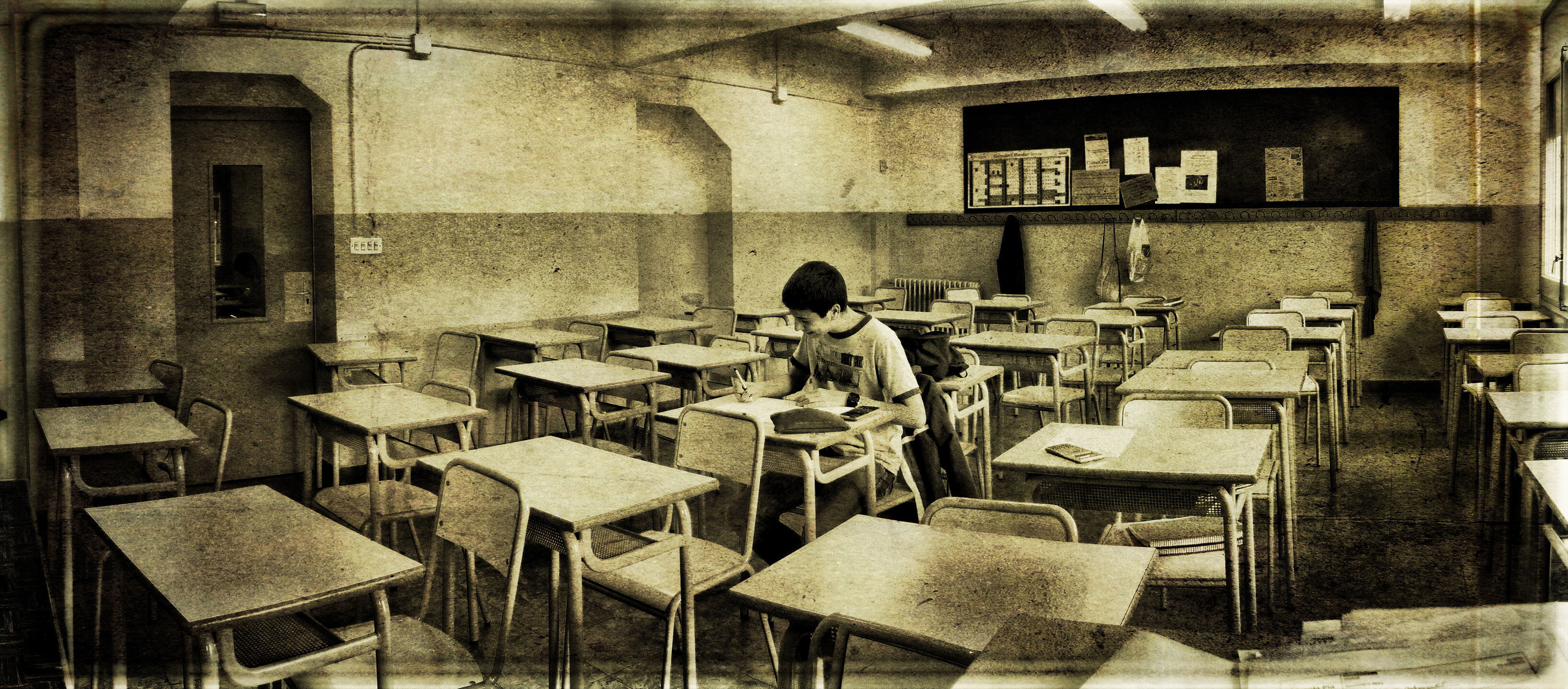Note: This post is not about dance, but easily could be. Assessment and measuring achievement in college and high school dance programs can be tricky business, and in my “day job” teaching health sciences courses at a university we face similar challenges. Here I lay out some reasons why I’ve found oral and practical assessment to be a useful tool for gauging student comprehension of clinical and practical skills they will use in their careers.
I’ve been using some form of oral assessment for about five years in my classrooms, and have found it to be a time consuming, logistical challenge that is totally worth it. While its true that taking multiple choice tests graded by a computer are an essential skill for students wishing to go to grad school or pursuing certification or licensure of some kind, in my field they feel a bit silly.
When I was in nursing school (yes, that was a thing, and no, I don’t want to talk about it), I distinctly remember a multiple choice test with the following question:
You are the nurse on duty in the emergency room and a new patient comes in with a gun shot wound that is badly bleeding. Your first priority is to
a. Draw the privacy curtain
b. Don gloves
c. Take vital signs
d. Stop the bleeding
Huh? Exactly. This, in part, is why I’m not a nurse, but more importantly it’s why I get really itchy about multiple choice exams. The health sciences are about procedure, they definitely are, but it’s also important to weigh each situation as it comes, and make decisions through a combination of procedure and the needs of the specific individual in front of you.
So this is why I use case-based learning, and why, when possible, I opt to give oral and practical examinations to students. Placing them on the spot is character building, and it requires preparation beyond recognition from a list of choices. And when that patient comes into the ER bleeding out, you aren’t given a list of choices, are you?
In case you aren’t convinced, here are a few more reasons I advocate for practical examination:
1. It practically eliminates the possibility of cheating. No proctoring. No “eyes on your own paper”. I often divide students into groups (groups they’ve known since the beginning of the semester) who can, if needed, work together to find the solution to a problem. Collaboration and cheating are not the same thing.
2. Practice and demonstration of real and actual life skills. Not once in my professional life (with the exception of the GRE and certification exams) have I been required to take a multiple choice exam. I talk, in front of a big group, nearly every day. Without the practical experiences I had in giving presentations and taking pedagogy classes, I would have gone into that world blind. The idea that selecting from a list of answers somehow translates to the professional world is a lousy excuse that teachers use to justify not grading essays. Look, I get it. In a lecture of 400 students you can’t possibly grade all those essays without a pack of TAs at your beck and call. For my students, who want to go on to be personal trainers, physical therapists, and generally work with other people, it’s totally worth it.
3. The group ethic. I’ll admit, I have really mixed emotions about group grades. On the one hand, it holds the entire group accountable. On the other, if one group mate chooses to ignore that accountability then the whole group could be unfairly screwed. To try and prevent this, I use the caveat that if a group member has obviously and severely slacked off, I have the authority to grade him/her as an individual. In five years, I’ve never had to do this. It appears that, for the most part, having a group grade motivates each student to want to do better. While I assume that several students would have gotten higher scores had they been flying solo, I still think that it is a positive exercise and worth compromising a few points here an there. I appease my guilt in this case by ensuring that there are plenty of opportunities for individual achievement.
I’ve asked students for feedback about this format, and the ones who offered it (like, 2) seemed to enjoy it. Occasionally I’ve found myself coaching students toward an answer. In another testing format, a student might have thought he didn’t know the answer. But, by rephrasing the question, referring back to related information, or through patience and encouragement, the students often found out that they knew the answer after all.
As a student, I think I would have found this incredibly empowering and vindicating.
As an educator, I find it exciting that this format seems to allow different types of learners to succeed. Knowing and understanding are not necessarily tied to a concrete answer in a concrete moment. Even in an introductory level class, the challenge for these students is to synthesize and apply information rather than simply regurgitate it.
I should add…
The learning curve is steep, particularly now. The success of students entering college today has almost entirely relied on standardized testing achievement. Taking an oral exam feels scary to them, and the scoring can feel ambiguous. It’s important to lay out specific grading criteria for how you are grading them, with points assigned for correct, partially correct, and incorrect answers, as well as a clear qualitative scale for demonstrating clinical skills. Still, you may experience some resistance from students who are very skilled at finding right answers despite not knowing the material on paper exams.
It’s worth it.
